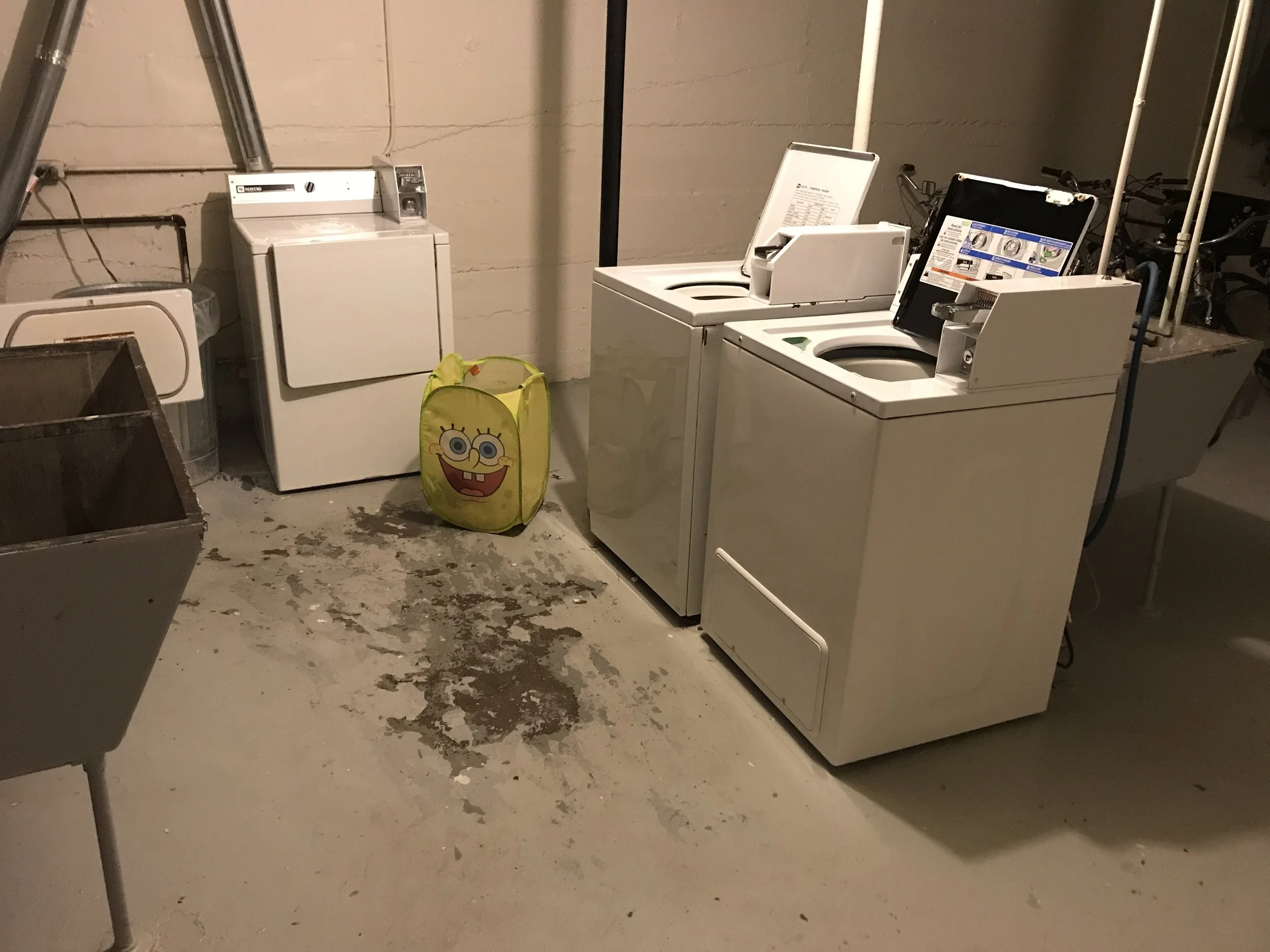When Your Neighbors Secretly Don't Live In Single Family Houses
A couple weeks ago at Planning Commission, we had some testimony that has stuck with me a bit.
There was a relatively minor rezoning request for a property at 35th & Grand in the Lyndale neighborhood of south Minneapolis. A property owner wanted to change his property from R2B, our two-family/duplex zoning, to R3, the lowest intensity multi-family zoning district, so he could build a triplex on a corner lot. It was approved.
A woman (thank you for coming, no one find and be rude to her, thank you) testified against the rezoning request, describing the area as "primarily single-family dwellings" and arguing that "the character of our neighborhood would be changed irreparably" by the rezoning.
Which, at the time, felt a little weird, because the staff report also included this aerial image of the blocks around the property:
Hmmmm. Seems like maybe there are a lot of different housing types in this general area, right?
As you may have heard, I have lots of free time now, and I decided to check out the unit counts of properties in the couple blocks surrounding this property. Using the City of Minneapolis' property information website, I counted the units in each property for the surrounding long block worth o' area. Check it out:
I did a little bit of "math" and "counting" to see how many properties, single family houses, and housing units are on these eight blocks:
Might be one or two off on some of the numbers. A decent amount of the single family houses are rentals. Of course there are probably more people in your average three bedroom single family house than in your average one bedroom apartment, but I would imagine that across the city there are probably more families in two bedroom apartments and more single people in four bedroom houses than you might think.
In the surrounding eight blocks, we've got...212 different properties, and 121 of them are single family dwellings. A majority! However, there are total 603 housing units. So this story is a little more complicated. There are 42 duplexes—at one point, our friendly testifier mentions "what looks like a single family home, but is a duplex." There are also a bunch of buildings with more than 10 units. Less than a fourth of the units in these eight blocks are in single family houses, and some fraction of those are owner-occupied.
I guess it's good to think about that, which is something that I've been thinking about a lot lately: maybe, a lot of the time, things are actually just fine?
We get a lot of folks at hearings and public meetings and in newspaper articles talking about abstract concepts like "neighborhood character." If you can describe your block as primarily single family even though there are 52 housing units on 23 lots, what does that mean exactly? Hard to say, but it might suggest that you don't even notice the density. There are two 11 unit apartment buildings, but they are not much wider than a single family house, and there are mature trees in front, and it might be fine, because you're not aware of it. There are a bunch of duplexes that "look like a single family home." Adding a triplex might be fine!








